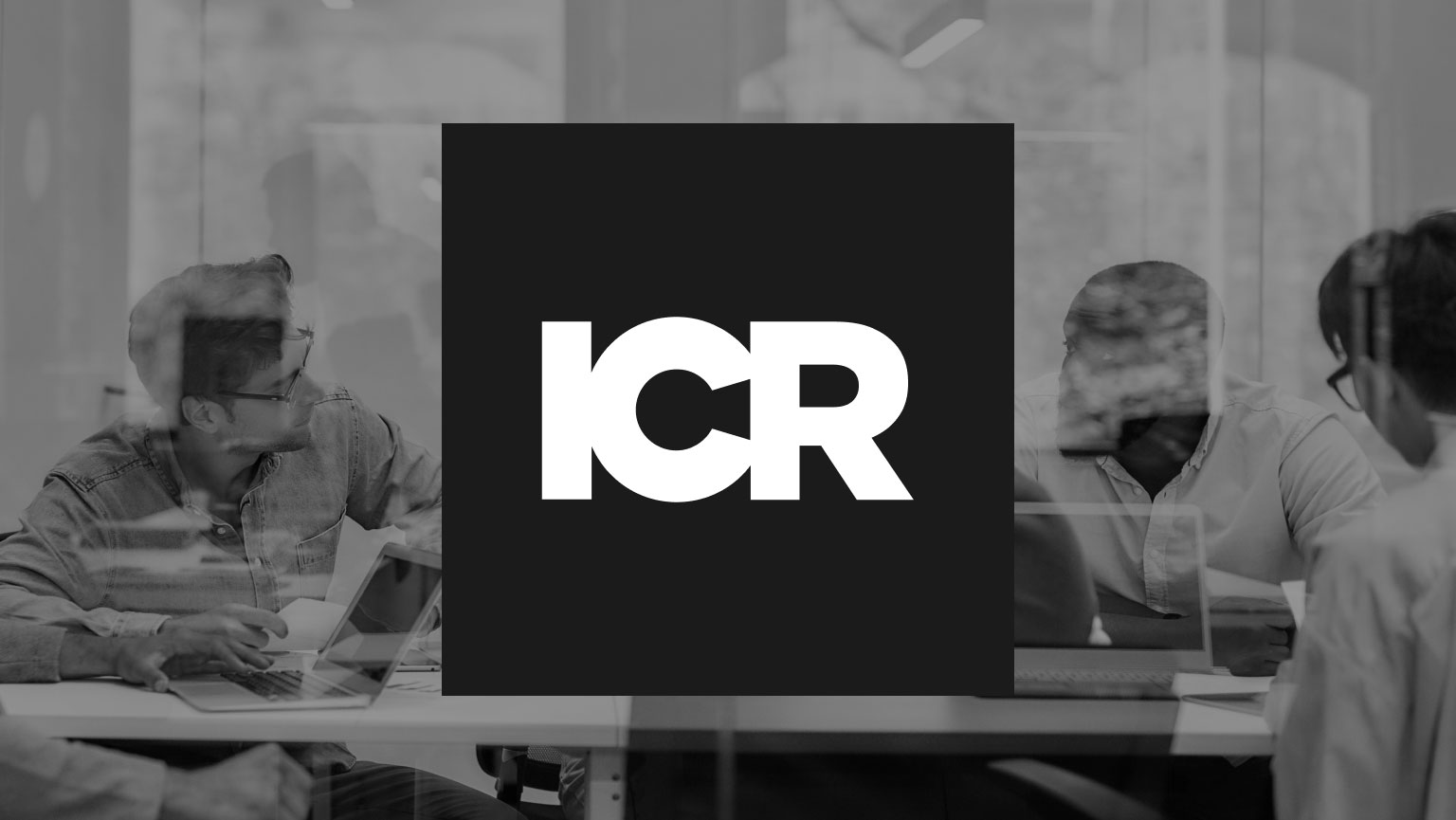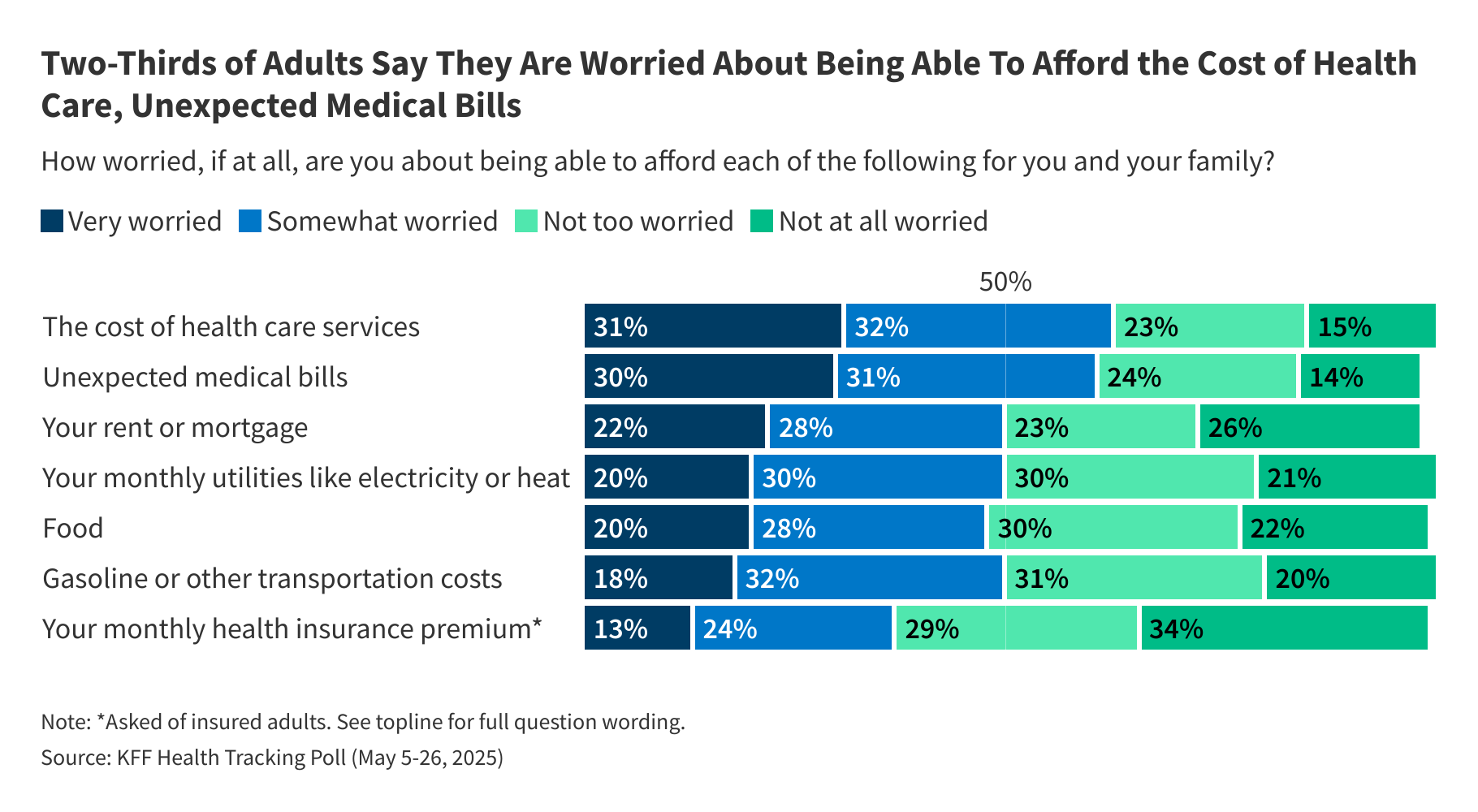Prior authorizations continue to challenge healthcare organizations as payer authorization requirements expand and change. Automated prior authorizations can bring new efficiency and consistency to a process that’s ripe for evolution, but how will providers make the leap? Alicia Pickett, Senior Product Manager at Experian Health, shares her perspectives on the issues providers are talking about now: How to speed up prior authorizations and deliver a better experience for users, leaders, physicians, and patients.
Q: Why are providers increasingly concerned about prior authorizations?
“Managing prior authorizations is complex,” Pickett says. “Providers have to deal with different payers, different standards, different service lines—all requiring different pieces of information. Without having all the right pieces in place, it’s hard to drive a consistent workflow. An inconsistent workflow can lead to denials, which can be very costly and affect patient care.
“Once denials occur, managing them on the back end through appeals takes more time and additional personnel,” Pickett continues. “Creating a consistent workflow on the front end helps reduce manual work and decreases that denial rate.”
Prior authorizations are in constant flux. A 2023 survey by the Medical Group Management Association (MGMA) found that 89% of medical practices find prior authorization requirements to be “very” or “extremely” burdensome. Of those surveyed, 92% hired additional staff and 97% reported patients experiencing delays or denials. The most common complaints were decision delays, obtaining authorization requirements for routine items or services, and inconsistent payer payment policies.
Coping with complexity and change puts a strain on manual systems. “Inconsistent workflows leave room for interpretation and error,” Pickett notes. One user may be using sticky notes to record information they learned over the phone, while another coworker gets different information from the payer’s website. “These coworkers aren’t getting the benefit of each other’s knowledge, and their information may not match,” says Pickett. “Given how frequently payers make changes, these inconsistencies can snowball really quickly.”
Q: What are providers looking for to deal with prior authorization challenges?
“Clients continue to look for more automation,” says Pickett. “They’re looking for electronic prior authorization tools that help users work more efficiently and create consistency. For example, they may want tools to help determine which CPT codes require authorization and which ones don’t. They may be interested in automated processes for follow-up.
“Dynamic work queues, automated auth requirements, and follow-up allow users to spend less time on the phone and more time focusing on complex cases where electronic solutions are not available.”
When training is time-intensive and staff is in demand, the benefits of automation go beyond administrative gains. “When users are more efficient, they’re not only more effective; they’re also happier in their jobs,” says Pickett.
Q: How is client feedback shaping Experian Health’s Authorizations product—and how is automation changing the way clients manage prior authorizations?
“Here’s an example. One of Experian Health’s clients was able to move from a completely manual process, where they were printing schedules multiple times a day and handling inquiries by phone, to an automated prior authorization process using Experian Health’s Authorizations solution. Now, they have automated work queues updated dynamically, in real-time.
“The dynamic work queue allows users to know which accounts they’re supposed to be working on, [even as] patients are being scheduled and rescheduled,” Pickett continues. “Knowledgebase allows users to spend less time on the phone or checking individual portals to find out whether CPT codes require authorizations.”
In addition to creating more efficient workflows, Experian Health’s Authorizations solution provides metrics organizations can use to evaluate and plan. “When providers use manual processes, leaders and managers aren’t able to gather insights because there’s nothing to tie metrics to,” Pickett explains. “This client was able to use insights from their electronic preauthorization processes to create greater consistency across their health system. They increased their throughput and managed the process more efficiently with a centralized team. When they were ready to support a new site, they used metrics to guide their planning conversations.”
Q: What are the major drivers of change heading into 2025?
“The CMS rule is going to be one of the biggest drivers of change,” says Pickett. The CMS final rule on prior authorizations was adopted in January 2024, with many provisions set to take effect in 2026.
“What the rule states is that government payers—Medicare, Medicaid and others—are going to be required to provide information electronically through application programming interfaces, or APIs. Because of the CMS mandate, and because of the options that are available with expanding technology, we expect to see improvement in physician satisfaction and reduction in delays that impact patient care.” Pickett explains.
These changes should benefit automation. “More data will be available on what requires an authorization, or on where an authorization stands,” says Pickett. “Automating messages reduces manual work and human error, and should make transactions more efficient.”
Meanwhile, several states have created their own mandates. “State regulations provide transparency and require authorizations to turn around more quickly,” Pickett says. “They may help providers know what to expect, so they’re not left guessing about when authorizations need to be adjudicated and when they’ll be reviewed.”
Security and privacy are additional concerns. “Recent security threats and breaches are also driving changes,” says Pickett. “Finding and mandating secure connections a key concern. Everyone wants to protect their patients’ data, and rightly so.”
Q: How will electronic prior authorizations and other advancements impact the future of patient care?
“Without question, creating greater consistency and efficiency will have a positive impact on patient care,” Pickett says. “Patients just want to know that they can get the service they need within the timeframe they’re expecting without issues related to coverage or unexpected cost. A better authorization process provides patients with a better experience.”
Physicians also benefit from improvements to the preauthorization process. “Knowing what to expect allows doctors to make informed decisions on how to proceed,” Pickett says. “When you have transparency, everyone is working together.”
Finally, users can deliver a higher level of service when electronic processes are in place. “Expecting users to manage these complex processes on their own is a lot to ask,” says Pickett, noting that, with electronic prior authorizations, users are positioned to deal with heavy workflows and take advantage of new advancements on the horizon.
“Automating prior authorizations is a big change, but the results can be transformational,” Pickett concludes. “As we continue to grow, physicians and revenue cycle leaders can focus on keeping their teams informed about what’s happening, whether it’s new payer connections, new information, or new technology,” Pickett says. “Staying informed helps users feel comfortable with the data that’s coming back, so they can trust the process that’s being automated.”
Learn more about how Experian Health’s electronic prior authorization software, Authorizations, uses automation to achieve greater consistency and efficiency for healthcare organizations.
Publisher: Source link









